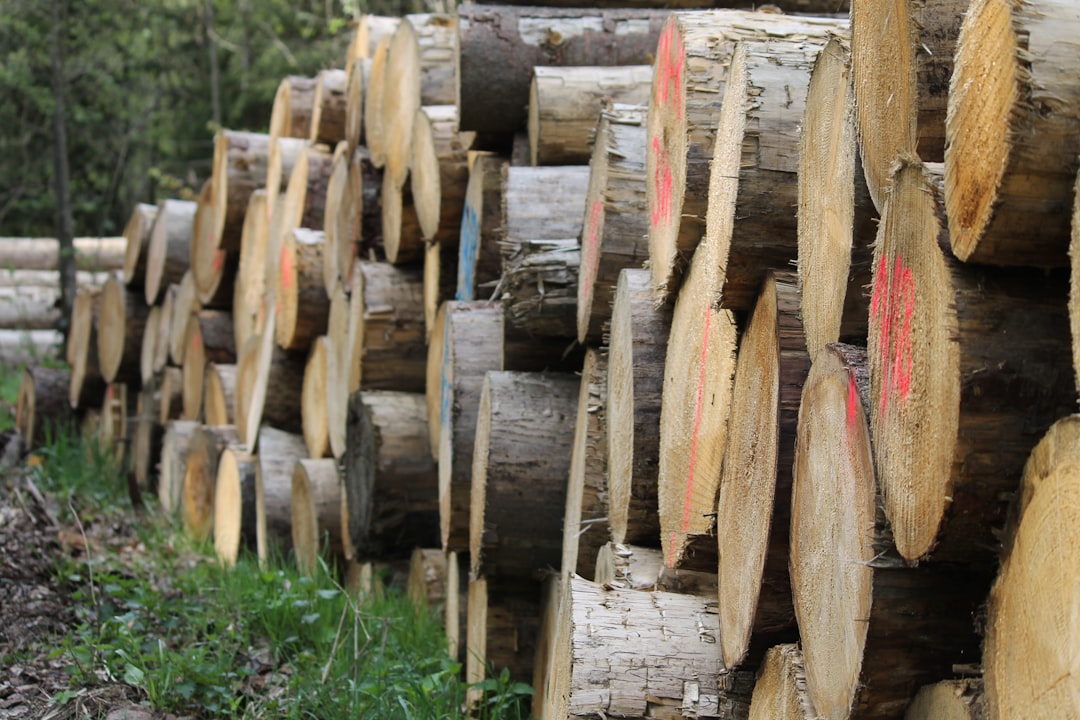What is it about?
Studies based on classical structure-activity relationships (SAR) of a series of 1,4-naphthoquinone derivatives examined in leukemic cells, were found in the literature. In order to provide a better understanding about the structure modifications that lead to the increase in activity, we carried out a computer aided analysis of structure-activity for this series by partial least squares regression (PLS) and principal component analysis (PCA), which are efficient and usually applied methods on multivariate QSAR studies.
Featured Image
Why is it important?
The relevance of this research is mainly explained by the need to develop new anticancer agents, from natural products, once the therapy anticancer is not specific causing several side effects. In addition, resistance to chemotherapeutic drugs may also be developed.
Perspectives
Based upon the information obtained from the QSAR analysis, the structures of two new naphthoquinones were proposed, whose biological activity values were close to the most active compounds. We hope that our work contributes to the elucidation of the mechanisms of action of the derivatives of naphthoquinones in the studied leukemic cells.
Dr Maria Cristina Andreazza Costa
Unicamp
Read the Original
This page is a summary of: Two-dimensional quantitative structure–activity relationship study of 1,4-naphthoquinone derivatives tested against HL-60 human promyelocytic leukaemia cells, SAR and QSAR in Environmental Research, April 2017, Taylor & Francis,
DOI: 10.1080/1062936x.2017.1318301.
You can read the full text:
Contributors
The following have contributed to this page










